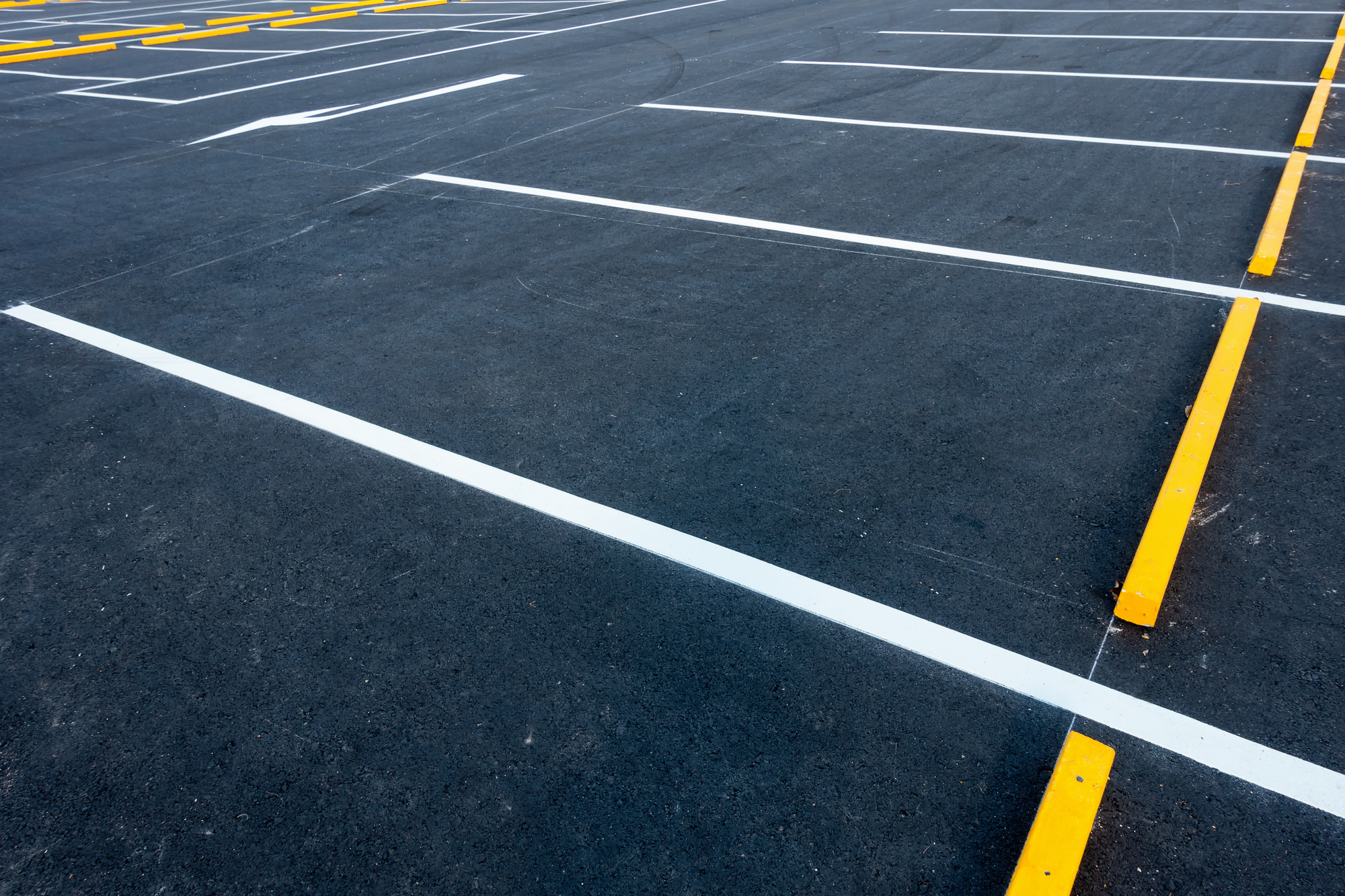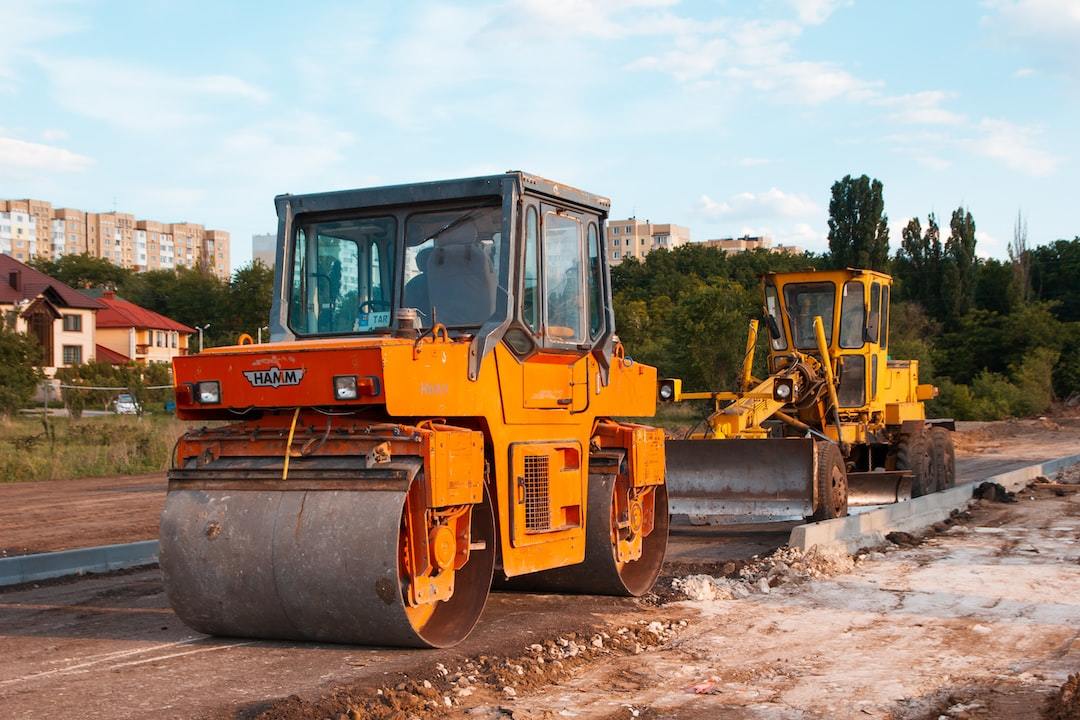How Long Before Parking on Your New Asphalt Driveway?
The excitement of having a new asphalt driveway or parking lot installed can be quite thrilling. However, it’s crucial to exercise patience before using your newly paved surface for parking. Asphalt driveways, although appearing dry within hours or even days depending on climate conditions, require at least 14 days without vehicle traffic. This time frame allows the fresh asphalt to harden and prevent potential damage that could compromise its durability and appearance.
Understanding the Curing Process of New Asphalt Driveway
If you’ve recently invested in a new asphalt driveway, it’s crucial to understand its curing process. The time required for fresh asphalt to cure and harden is more significant than most homeowners realize.
The Importance of Letting Your Driveway Cure
A well-cured, freshly paved driveway or parking lot offers longevity, durability, and an aesthetically pleasing appearance. It withstands weather conditions better and provides excellent traction for vehicles.
However, freshly laid asphalt is susceptible to damage if not given ample time to cure properly. This vulnerability can lead to scarring or depressions on your beautiful new surface – especially under high temperatures during summer months.
Factors Affecting the Curing Process
Three different factors influence how long this process takes:
- Climatic Conditions: Warmer climates speed up the drying phase but slow down overall curing due their impact on oil evaporation rates within pavement materials. Cold environments conversely lengthen both stages considerably because they inhibit these same processes from occurring efficiently.
- Type Of Asphalt Mix Used: Different mixes have varying compositions, affecting their respective curing times significantly depending upon specific material properties involved such as aggregate size distribution or binder content etc.
- Pavement Thickness: Thicker pavements require longer periods compared thinner ones owing greater volume needing complete solidification before being deemed fully cured by industry standards.
As we delve deeper into understanding when exactly one should start parking on a newly installed asphalt driveway, remember that patience plays a key role here. After all, rushing things might end up causing harm rather than good.
Why You Need Patience Before Parking On New Asphalt
Newly laid asphalt surfaces on driveways and parking lots are vulnerable during their initial curing stage, so, avoid driving on them immediately. They need ample time to strengthen in order to support the weight of vehicles effectively.
Parking too soon may lead to indentations or cracks which not only mar the aesthetic appeal but also affect functionality over time. Therefore, holding off from driving onto your new pavement is critical for preserving its integrity long-term.
Potential Issues with Early Use
Rushing into use might seem tempting especially when you have a shiny new driveway waiting outside; however this haste often leads towards regrettable outcomes such as scarring, depressions and subsurface damages – all avoidable if given adequate rest period post installation.
- Denting: The heat from car tires can soften freshly cured asphalt leading towards unsightly dents under parked cars’ weight. These distortions tend become permanent fixtures once hardened again thus ruining smooth finish desired initially.
- Cutting: If turning wheels while stationary, sharp edges tire treads cut through soft layers leaving deep grooves behind.
- Sinking: Larger heavier vehicles like RVs trucks etc cause significant sinking spots due excessive load pressure exerted one area rather than being evenly distributed across entire surface.
In essence taking necessary precautions ensuring proper care handling during first few weeks following paving procedure will go long way maintaining both visual functional aspects brand-new investment years come.
Parking early can lead to scarring, depressions, and subsurface damages that are avoidable with a proper rest period after installation. The heat from car tires can create dents in freshly cured asphalt, turning wheels while stationary can cut through soft layers, and heavier vehicles like RVs or trucks can cause sinking spots due to excessive load pressure.
To maintain both the visual appeal and functionality of your brand-new investment for years to come, take necessary precautions and give your new driveway time to cure properly before parking on it.
Walking Safely On A Newly Installed Asphalt Driveway
Your new asphalt driveway is more than just a path for vehicles. It’s an investment in your property, enhancing its curb appeal and functionality.
When Is It Safe Enough To Walk?
The question of when it’s safe to walk on fresh asphalt often arises after installation. While the surface might appear dry within hours, this can be deceptive as the underlying layers may still need time to harden properly.
A general rule of thumb suggests waiting at least 24 hours before walking on newly laid pavement. However, remember that every situation varies based on factors such as temperature conditions and thickness of application which could extend this timeframe further.
Shoes That Could Potentially Harm Fresh Pavements
Beyond timing considerations, another aspect you should pay attention to is footwear choice during those initial days post-installation. Certain types of shoes pose risks due their sharp edges or pointed heels capable causing indentations or scarring.
- Spike-heeled shoes: These fashion staples are notorious culprits with potential damaging effects given their ability exert significant pressure over small areas leading depressions in soft surfaces like fresh pavements.
- Cleats: Often used sports activities, these also feature spikes underneath providing grip but unfortunately they too have propensity cause damage if walked upon uncured driveways.
Now that we’ve covered how safely navigate around your freshly installed driveway without causing harm; let’s delve into understanding difference between curing drying times associated with asphalt – crucial knowledge ensuring longevity durability project.
Distinguishing Between Curing Time And Drying Time For Asphalt
Conversely, these two stages are not the same and have a significant effect on the longevity of your asphalt driveway. However, these represent different stages in its lifecycle that significantly impact the durability of your driveway.
What does drying mean for an asphalt surface?
‘Drying’, as applied to asphalt paving, refers primarily to water evaporation from the material after installation.
Complete drying of the asphalt paving typically takes around two days in optimal conditions, though this can be altered by variables such as temperature and humidity.
In this phase, while light foot traffic may be permissible after a day or so, vehicle movement should still be avoided due to potential risk of causing depressions on the surface or other forms of damage.
How does complete curing affect durability?
Curing is a longer-term process where all volatile oils within the mix evaporate completely over time. This results in full hardening of your pavement layer making it more resilient against wear-and-tear caused by weather elements or heavy usage.
The timeline varies widely depending upon environmental conditions but generally spans between six months up-to one year post-installation.
A properly cured asphalt driveway would exhibit increased resistance towards rutting during hot summer days and cracking during cold winters thereby extending overall lifespan considerably.
Keeping Your New Asphalt Safe During The Waiting Period
The waiting period after your new asphalt driveway has been installed is crucial for its long-term durability. This phase requires patience and a few precautionary measures to ensure the safety of your investment.
Guidelines Ensuring Safety during Waiting Period
To begin with, it’s important not to park in the same spot repeatedly while the asphalt is still wet or curing. Doing so can cause depressions that may lead to water pooling and eventual damage over time.
You should also keep heavy vehicles off your newly paved surface until it’s completely cured. Trucks, RVs, or other large equipment can put undue stress on fresh pavement before it’s fully hardened.
Avoiding sharp objects like bike kickstands, high heels or furniture legs from contacting directly onto the uncured surface will help prevent punctures and indentations as well.
- Mindful Parking: Avoid parking at one place continuously; change positions regularly if you must park on new asphalt within first two weeks.
- No Heavy Vehicles: Keep trucks and larger machinery away till complete hardening occurs.
- Avoid Sharp Objects: Safeguard against potential harm by keeping pointed items such as bicycle stands off freshly laid driveways.
Last but not least, try minimizing turning movements particularly when the vehicle isn’t moving. These actions could result in ‘power steering marks’ which are basically scuff marks left behind due to wheel friction.
Remember, these tips aren’t just good practice, they’re essential steps towards ensuring the longevity of this significant property improvement project.
FAQs in Relation to Parking on New Asphalt Driveway
How long does it take for new asphalt driveway to cure?
The full curing process of a new asphalt driveway can take up to six months depending on various factors such as temperature and humidity.
How long should I wait to park on my new asphalt driveway?
Most experts suggest waiting at least 14 days before parking your vehicle on a newly installed asphalt driveway.
How do I protect my new asphalt driveway?
To protect your investment, avoid frequent parking in the same spot while still wet and keep off heavy vehicles until completely cured. Also ensure proper drainage system around the pavement.
Does water help cure new asphalt?
No, water doesn’t aid in curing but rather could cause surface damages over time due to infiltration. Proper drying is essential before starting the curing process.
In Conclusion
Understanding the curing process of your new asphalt driveway is key to its longevity and performance. Patience pays off when it comes to parking on new asphalt, ensuring you avoid potential harm.
Even walking needs careful consideration in the early stages of your fresh pavement’s life. Drying time and curing time are two different but equally important aspects for a durable driveway surface. Protecting your expenditure during this period of anticipation can have a significant effect in the long run.
If you’re looking for professional assistance with residential or commercial paving projects, consider reaching out to MD Paving Pros. Our team has extensive experience serving Maryland and Washington DC, offering top-quality concrete and asphalt services tailored to meet your specific needs. Ready for an upgrade? Let us help you pave the way towards a sturdy, long-lasting driveway that will stand up against time and traffic!




